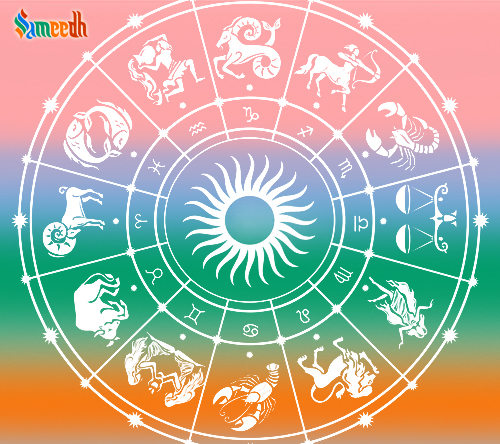The Trishul, also known as a ‘Mahadev’s weapon’, has the potential to destroy three realms of illusion: the material world, the realm of past lifetimes (Karma), and the realm of the mind (ego). It provides healing power by virtue of its existence.

The Trishul is considered to be Bhagwan Shiv’s weapon or astra in Sanskrit. The Trishul is a mighty weapon with three prongs, each symbolizing one of life’s three main aspects: Ida, Pingala, and Sushumna. In the yogic realm, the three are known as the three energy systems, specifically pranayama.
Ida and Pingala symbolize the duality in the existence. When it comes to traits, masculinity and femininity coexist. This refers to characteristics such as rationality, sentiments, logic, and insight instead of gender. A healthy balance of Ida and Pingala aids in the betterment of an individual and allows him or her to efficiently manage various spheres of life.
Sushumna is the empty space in the centre of the human body. The void is eventually occupied by energies as new life is formed, enabling one to achieve inner harmony. This space is significant because it is the individual’s personal space, which no one but the individual can manage. All three states of existence are guarded by Bhagwan Shiv. In Sanskrit, the word ‘tri’ indicates three, and the word ‘shul’ means obstacles. Since Bhagwan Shiv is regarded as the God of destruction, worshipping the Trishul is considered to be able to eradicate the three difficulties or miseries: Aadibhautik (physical), Aadhyaatmik (spiritual), and Aadidaivik (ethereal).
The three prongs are Kriya (Action), desire (Ichha) and knowledge (Gyaan), according to another theory. We acquire great spiritual wisdom when we can regulate our urges and act appropriately. Trishul represents the entire manifest cosmos, including its quantitative and qualitative aspects, and also the path by which it emerged from the nothingness. In Sanatan Dharm, the Trishul depicts invariable threes and the number three does have importance. It also represents Bhagwan Shiv, who is the third member in the Trinity. However, Mahadev and His Trishul could represent multiple ‘threes.’
Bhagwan Shiv is swayambhu, self-created, and born of his will, according to the Shiv Puran. He appears as a direct embodiment of Sadashiv and owns trishul from the start. Maa Durga, who got cosmic weapons from both Bhagwan Shiv and Bhawgan Vishnu, wields a trishul among other armaments and features in her arms and amongst her other adornments.
Trishul is multidimensional and abundant in nature. It has the power to abolish an array of harmful attributes that prevent us from becoming one with the almighty. It also assists us in becoming spiritually rich. Mahadev’s Trishul is believed to destroy the materialistic aspect of the world full of attachment and illusion, which appears so real. It destroys the ego which serves as a barrier between us and the almighty hence; transforms the world into the world of spirituality that leads to oneness into a single non-dual spiritual plane of existence.
The three elements of consciousness i.e; waking, dream, and falling asleep are represented by the trishul. Possessing a trishul not only signifies being above all the three states but also being the upholder of all three states. The Creator of the universe is detached from the three gunas, but it connects them together. Since the trishul represents auspiciousness, we can become ONE with God by worshiping and inviting pure thoughts to the mind with devotion, harmonizing our beliefs and behavioural patterns, which can liberate us from the misery of life and death. Thus, enable us in having a good life while remaining under the shelter of the Supreme Power.
